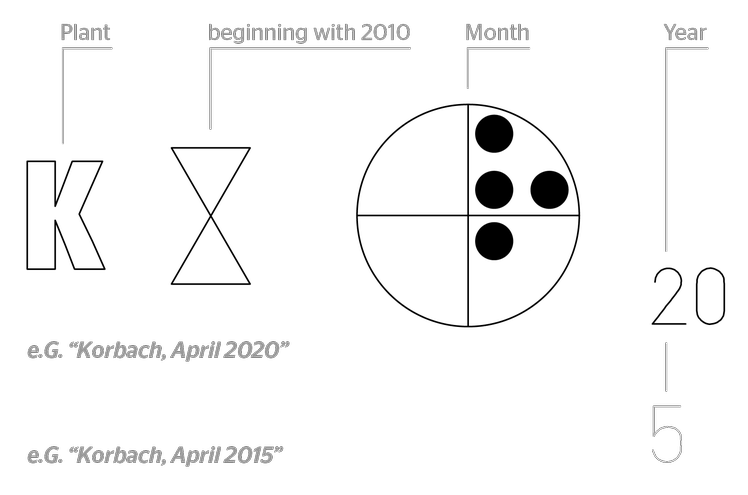# Tire Knowledge
FAQ
Find answers on frequently asked questions
The performance and handling of your bike can significantly depend on your tire choice. After all, tires are the only contact between your bike and the ground.
When it comes to maintenance there are multiple factors to take into consideration, from storage to riding conditions.
Learn here about other cyclists' questions and how to improve your personal riding experience.

How shall I best store my tires?
Most importantly store your tires neither too cold nor too hot. Try to avoid direct sun when your tires are not in use.
Which Continental tires are compatible for pedelecs?
Continental tires eg with ProTection technology can be used on pedelces (e25).
Specialicts with ECE-R75 approval to be run on S-pedelecs are marked with e50 and are specifically designed to resist against the additional forces and come with higher mileage. Also they come with stronger puncture protection layers resulting in comparably higher Safety Levels.
What is the ideal rim sizing for my tires?
Being a member of ETRTO Continental tires are developed along ETRTO recommendations. By making your tire choice keep in mind that in a tendencially smaller rim the tire sits higher, whereas in wider rims the tire would sink in. Therefore picking a medium size from the range makes a good go-to-solution.
When is the right time to replace my tire?
Even the toughest and strongest tires at one date come to an end. The wear has reached a point where the tread in the center of the tire can no longer be used. To keep track of this we do equip our tires with a TWI (Tread Wear Indicator), a very small deepening in the tread. Once reached you shall replace the tire.
Also regularly checking the sidewall for any visually detectable cracks that may lead to instabilities is recommended
When has my tire been produced?
To make it easier for you to understand the production date of your tires we are following a systematic approach.

What is the ideal tire pressure?
The overall answer is there is no absolute wrong or right. Merely the tire pressure of choice depends on the system weight (rider, bike), riding style and circumstances e.g. wet and cold, as well as personal preferences.
On the tire sidewall you can always find the max pressure given. Rest assured that in our testing labs we are challenging tires with much more and less air pressure than the recommendation range.
How often do I need to check the air pressure?
All bicycle tire systems are subject to continuous pressure loss. The volume of air in a tire is directly related to the air temperature around. Check the operating pressure and the condition of your tires at regular intervals.
Ideally check the tire pressure using a pump with a display (manometer) when the valve is at the 12 o'clock position.
Do Continental tires contain animal ingredients?
Modern tire compounds are very complex. Ingredients are added to the tire’s rubber compound during production required for both processing and to achieve key tire performance characteristics.
We strive to minimise the use of ingredients that are of animal origin and use as many plant based ingredients as possible, but the extent to which animal ingredients are used varies between tire specifications, due to performance requirements, and local conditions at the production site so the products cannot always be described as vegan.
What is the rolling resistance of my tire?
The rolling resistance depends on the air pressure, profile, tire design, material quality and tire width. Continental tires always provide the best possible combination of properties thanks to their purpose-oriented design and optimised compound mix. Less profile and lower weight tendencially are guarantees for smooth running tires. Bare in mind that relatively wider tires of the same type and with same air pressure run better and more lightly than narrow tires.
What is the best way to mount my new tires?
In order to make the mounting as easy and safe as possible for you we have prepared a comprehensive overview available for download.
What is the difference between 28'' and 29''?
Bicycle tires are specified in different sizing metrics. This varies within the different segments and applications. From road and urban/tour tires you might be familiar with 622 mm (28") dimension. In MTB 622 mm corresponds with 29", due to the relatively higher tire's sidewall and profile.
